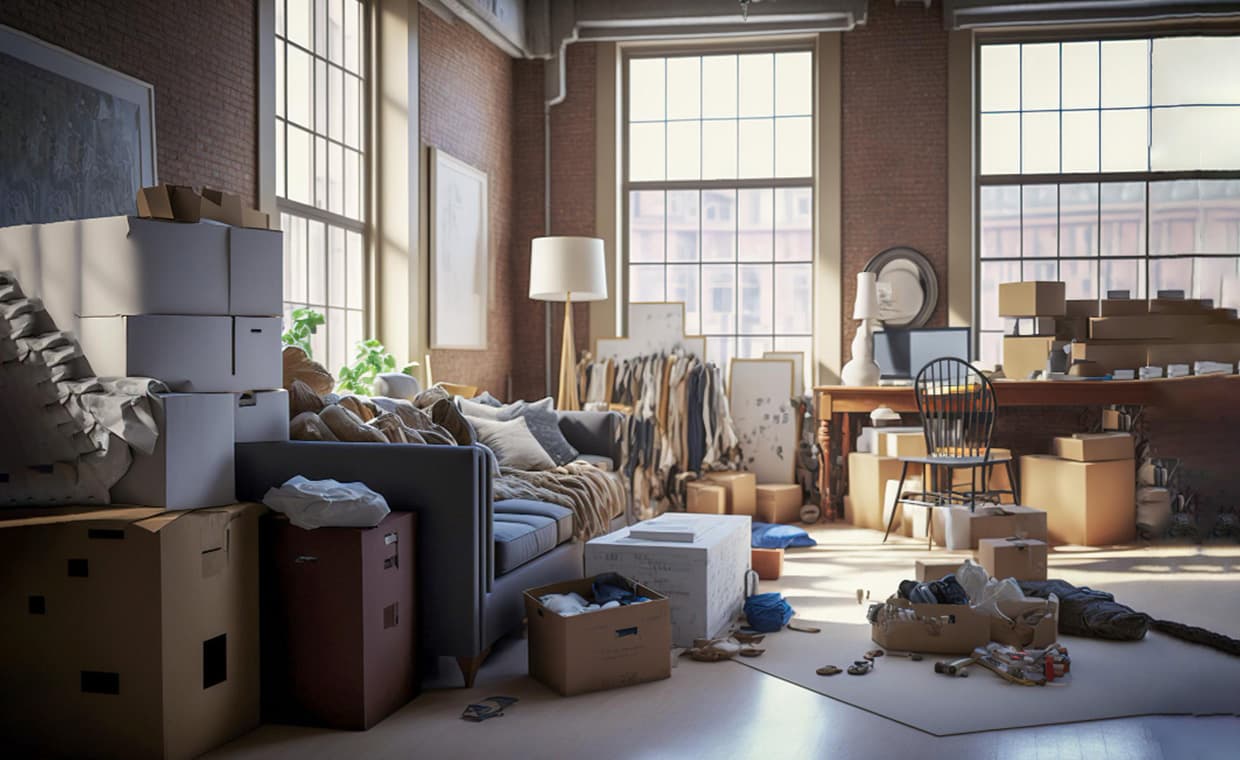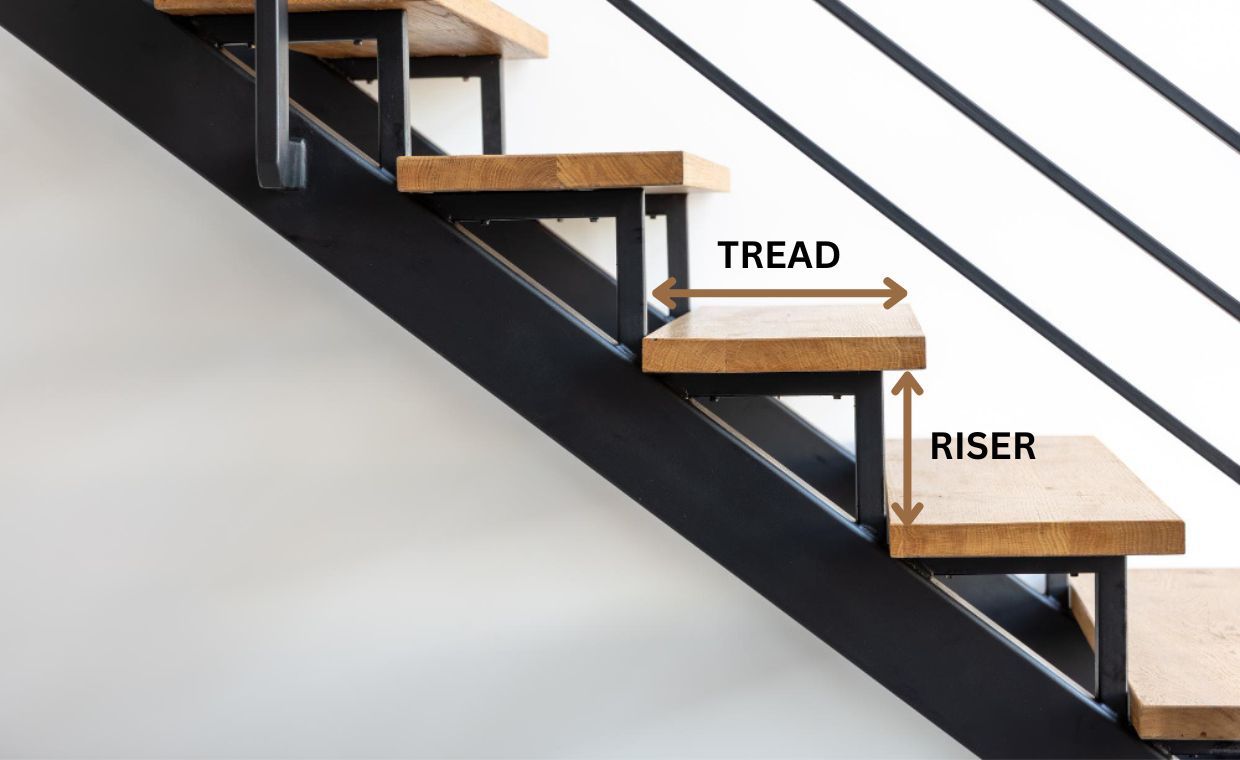
A cluttered space can feel overwhelming and stifling, making it hard to focus or relax. Whether it’s a messy desk, a crowded living room, or an overflowing closet, the chaos can impact your mental well-being and productivity. But don’t worry—there are practical decluttering tips you can take to reclaim your space and your peace of mind.
Understanding why clutter accumulates is the first step toward tackling it. Often, it’s a mix of busy schedules, sentimental attachments, and a lack of effective storage solutions. By addressing these root causes and implementing simple yet effective strategies, you can transform your environment into a serene and functional space. Ready to get started? Let’s dive into the best ways to declutter and create a more organized, stress-free home.
Understanding the Clutter Problem

Clutter impacts mental health and productivity. To address it, identify why clutter accumulates. Common reasons include busy schedules, sentimental attachments, and lack of storage solutions.
Busy schedules often lead to clutter as individuals prioritizing activities over cleaning. Sentimental attachments make discarding items difficult. Lack of storage options results in items piling up without proper organization.
Recognizing these causes is crucial for effective decluttering. When individuals understand why clutter happens, they can develop targeted solutions. For example, setting aside specific times for organizing can help busy people manage clutter. You can get more ideas on this at luxuryinteriors.org. They suggest that using storage solutions can address space issues, while managing sentimental items may require emotional readiness and categorization strategies.
Assessing Your Space

Assessing your space is essential to identify cluttered areas and devise effective decluttering strategies.
Identifying Problem Areas
Start by walking through each room. Note which areas first catch your eye as cluttered. Pay attention to surfaces, floors, and storage spaces. Create a list of these problem areas for reference.
- Living Room: Check coffee tables, shelves, and entertainment centers.
- Kitchen: Look at countertops, pantry, and cupboards.
- Bedroom: Examine closets, nightstands, and under-bed storage.
- Bathroom: Review countertops, cabinets, and shower areas.
Use this list to focus your decluttering efforts.
Decluttering Strategies
Implement effective strategies to keep clutter at bay. Apply these methods to the identified problem areas.
- Categorize Items: Separate items into four categories—keep, donate, recycle, or discard.
- One-in, One-out Rule: For every new item, remove an old one. This keeps clutter under control.
- Storage Solutions: Use bins, shelves, and hooks to organize items. Maximize vertical space.
- Declutter Regularly: Set a routine. Weekly or monthly sessions prevent clutter from building up.
- Sentimental Items: Limit keepsakes. Use a memory box for small, significant items.
Adopting these strategies helps maintain an organized and peaceful environment.
Practical Decluttering Tips

Implementing effective decluttering strategies can transform cluttered spaces into organized havens. Here are several actionable tips.
Start Small
Focus on tackling one small area at a time to avoid feeling overwhelmed. Start with a drawer, a shelf, or a corner of a room. Completing small tasks quickly builds momentum and encourages further decluttering efforts.
Use the Four-Box Method
Employ the Four-Box Method to sort belongings effectively. Label four boxes as “Keep,” “Donate,” “Recycle,” and “Discard.” As you sort through items, place them in the appropriate box. This method helps make quick decisions and organizes belongings efficiently.
Declutter Regularly
Schedule regular decluttering sessions to maintain a tidy space. Set aside time weekly, bi-weekly, or monthly to review and organize areas prone to clutter. Consistent effort prevents buildup and maintains an orderly environment.
Organizing Your Space

Effective space organization enhances functionality and aesthetics, improving overall well-being. Here’s how to start.
Maximizing Storage Solutions
Maximizing storage solutions is essential for maintaining an organized space. Use vertical storage options, such as shelves and wall-mounted racks, to utilize wall space effectively. Consider multi-functional furniture like ottomans with storage compartments. Employ under-bed storage for items not needed daily. Use clear bins and labels for easy identification and access.
Smart Organization Techniques
Smart organization techniques streamline the decluttering process. Employ the “like with like” principle by grouping similar items together. Use drawer dividers and trays to keep small items in place. Opt for stackable containers to save space. For papers and documents, use file organizers and dedicate a specific area for bills and letters. By integrating these techniques, maintaining order becomes easier and stress-free.
Maintaining a Clutter-Free Environment

A clutter-free space requires consistent maintenance. Adopting daily habits and periodic reviews ensures long-term organization and peace of mind.
Daily Habits
Establishing daily routines helps keep spaces tidy. Begin each day by making the bed, contributing to an organized atmosphere. Implement a “clean as you go” rule, ensuring areas are tidied immediately after use. For instance, wash dishes right after meals or put away clothing immediately. Assign designated spots for frequently used items—keys, wallets, and phones should have specific locations. This minimizes misplaced items and enhances accessibility.
Periodic Reviews
Schedule regular intervals to assess space organization. Conduct monthly reviews to ensure items remain in their designated places. Quarterly, perform a deeper evaluation to identify unnecessary possessions. This includes reviewing clothes, appliances, and decor. Apply the Four-Box Method during these reviews to decide what to keep, donate, recycle, or discard. Periodic reviews prevent clutter accumulation and maintain an orderly environment.
Start Today!
Achieving and maintaining a clutter-free environment is essential for enhancing mental well-being and productivity. By understanding the root causes of clutter and implementing practical decluttering tips, individuals can transform their spaces into organized havens. Regular decluttering sessions and smart storage solutions play a crucial role in sustaining order. Establishing consistent habits, such as daily tidying routines and periodic reviews, ensures long-term organization. Embracing these decluttering tips not only creates a more functional and aesthetically pleasing home but also promotes a stress-free lifestyle. Start today and experience the benefits of a clutter-free space.
Also Read: 7 Elegant Fireplace Decor Ideas for Homes






























